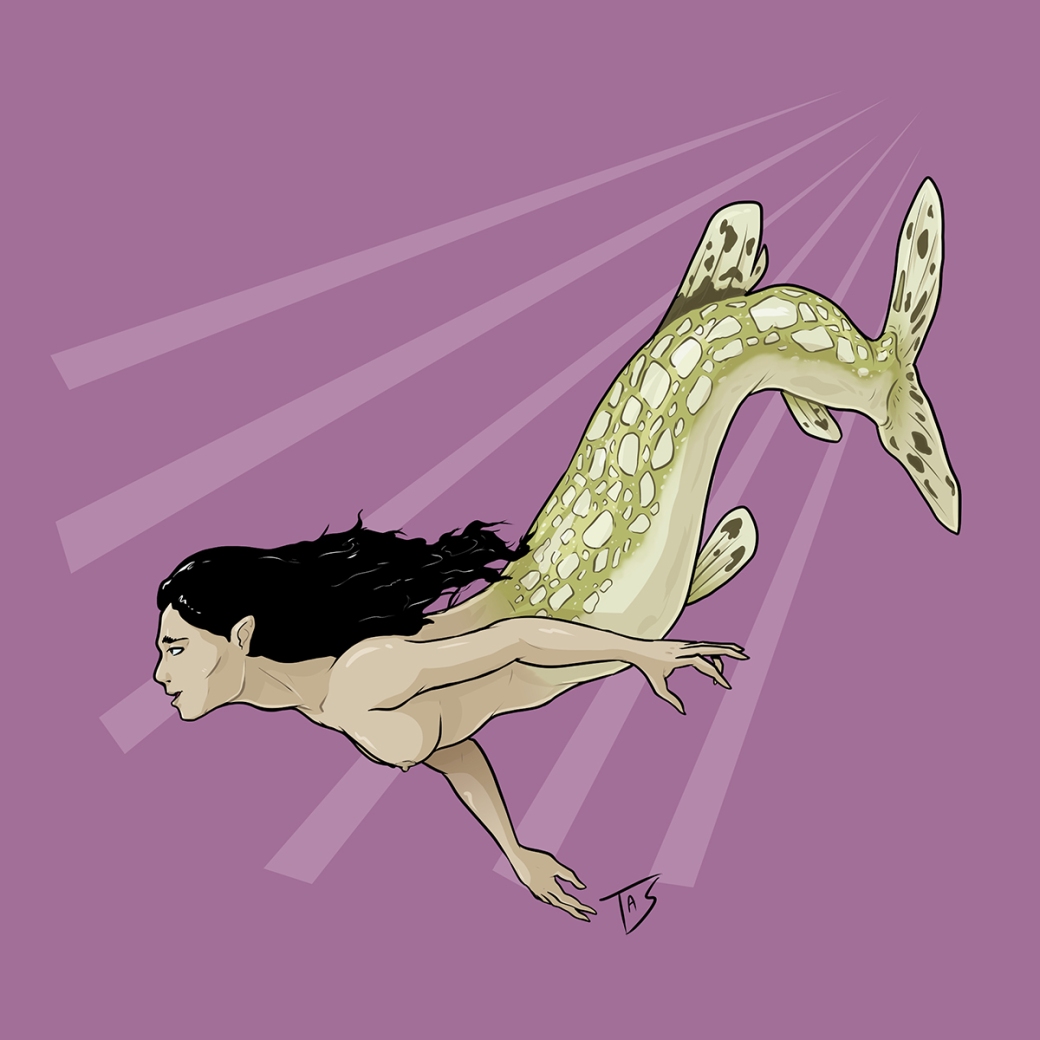
Ohio River Mud Mermaids
Region of origin: Vevay, Indiana
Reported about by an anonymous correspondent of the Cincinnati Enquirer in 1894, the “mud mermaids,” as they were dubbed, were a pair of reptilian humanoid creatures several witnesses claim to have seen in the Ohio river near Vevay, Indiana. They were thought to live in discarded logs and stumps that wound up on the river’s edge and fed off fish, mussels and any other small aquatic life that happened by their layer. The most detailed description and purportedly a sketch of the creatures had come from a Kentuckian Confederate captain, J.M. Ozier, who had heard about the creatures while visiting Vevay on business and, seeking them out, found what he assumed was the male of the pair swimming in the river close to the shoreline where he stood.









